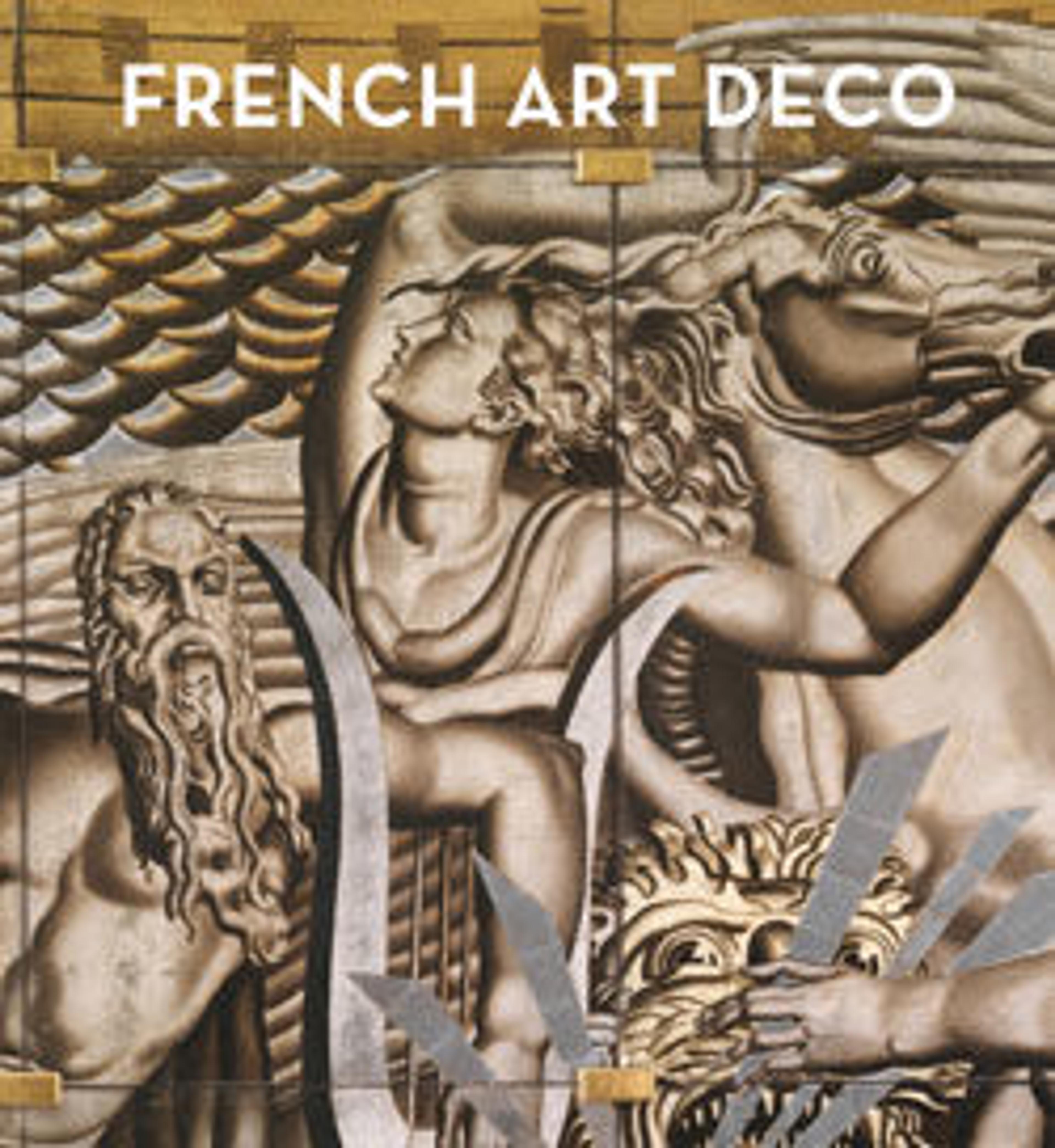"Fortissimo"
Created for the music room of Solomon R. Guggenheim’s residence in Port Washington, Long Island, this screen and Pianissimo are an artistic collaboration between the designer Jean Dunand and the sculptor Séraphin Soudbinine. While Soudbinine conceived the composition and carved the bas-relief figures of otherworldly angels and rocklike forms, Dunand lacquered the screen. The titles are drawn from the Italian terms for very softly and very loudly played music. Guggenheim’s widow, Irene Rothschild, donated the screens to The Met following the death of her husband, a passionate collector of modern art and the namesake of the Solomon R. Guggenheim Museum.
Artwork Details
- Title: "Fortissimo"
- Designer: Séraphin Soudbinine (French (born Russia), Nijni- Novgorod 1870–1944)
- Designer: Jean Dunand (French (born Switzerland), Lancy 1877–1942 Paris)
- Date: 1925–26
- Medium: Lacquered wood, eggshell, mother-of-pearl, gold
- Dimensions: 98 1/4 in. × 8 ft. 10 5/16 in. × 1 3/4 in. (249.6 × 270 × 4.4 cm)
- Classification: Furniture
- Credit Line: Gift of Mrs. Solomon R. Guggenheim, 1950
- Object Number: 50.102.4
- Curatorial Department: Modern and Contemporary Art
More Artwork
Research Resources
The Met provides unparalleled resources for research and welcomes an international community of students and scholars. The Met's Open Access API is where creators and researchers can connect to the The Met collection. Open Access data and public domain images are available for unrestricted commercial and noncommercial use without permission or fee.
To request images under copyright and other restrictions, please use this Image Request form.
Feedback
We continue to research and examine historical and cultural context for objects in The Met collection. If you have comments or questions about this object record, please contact us using the form below. The Museum looks forward to receiving your comments.
